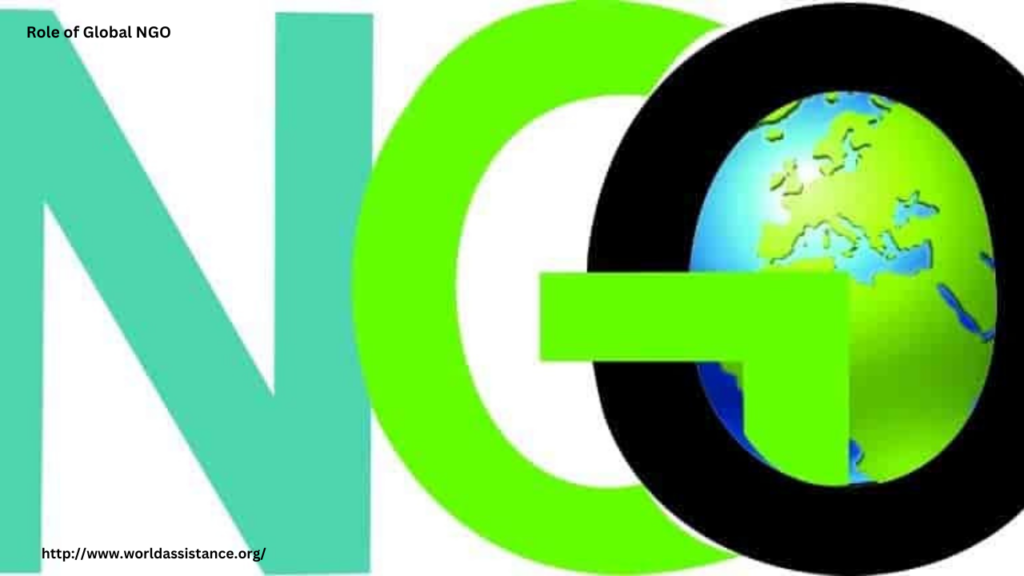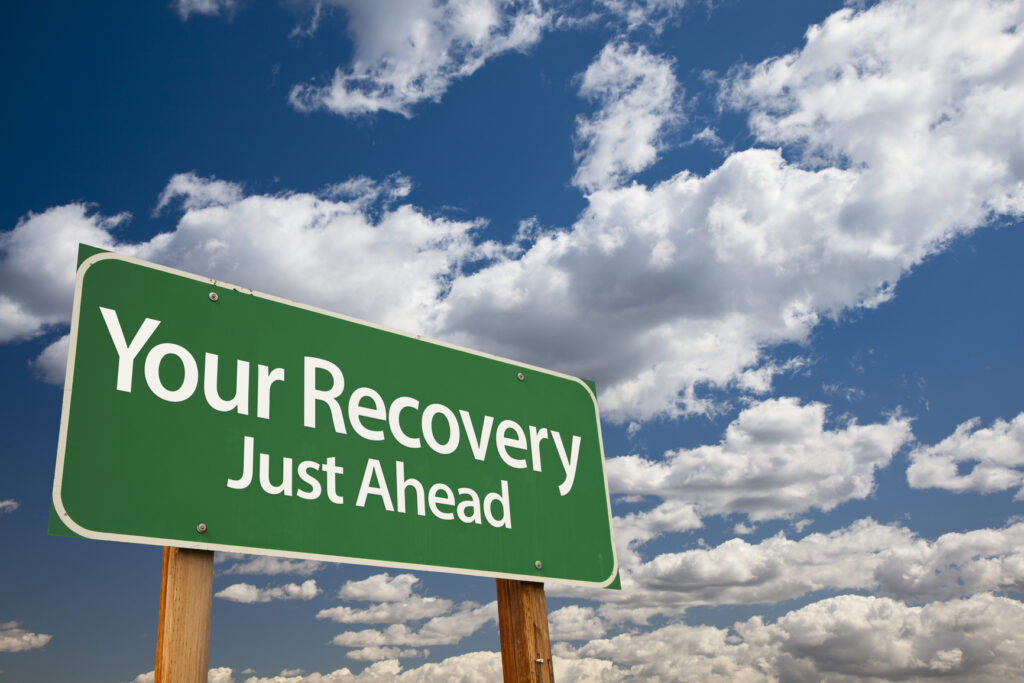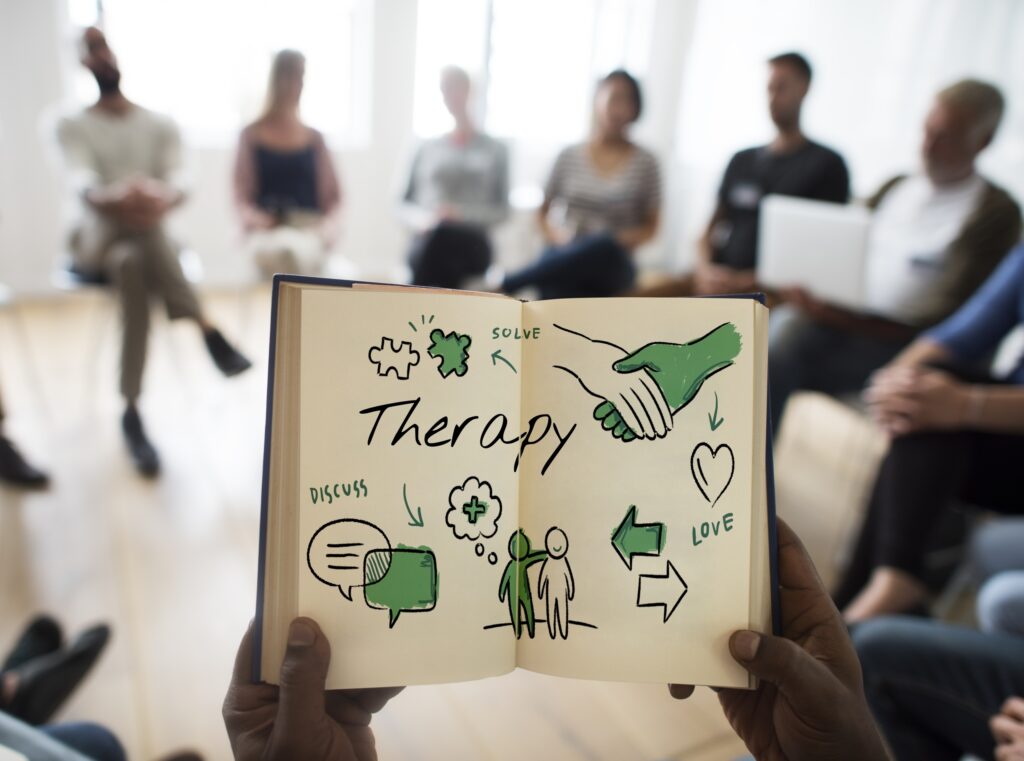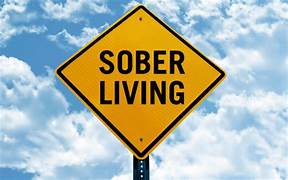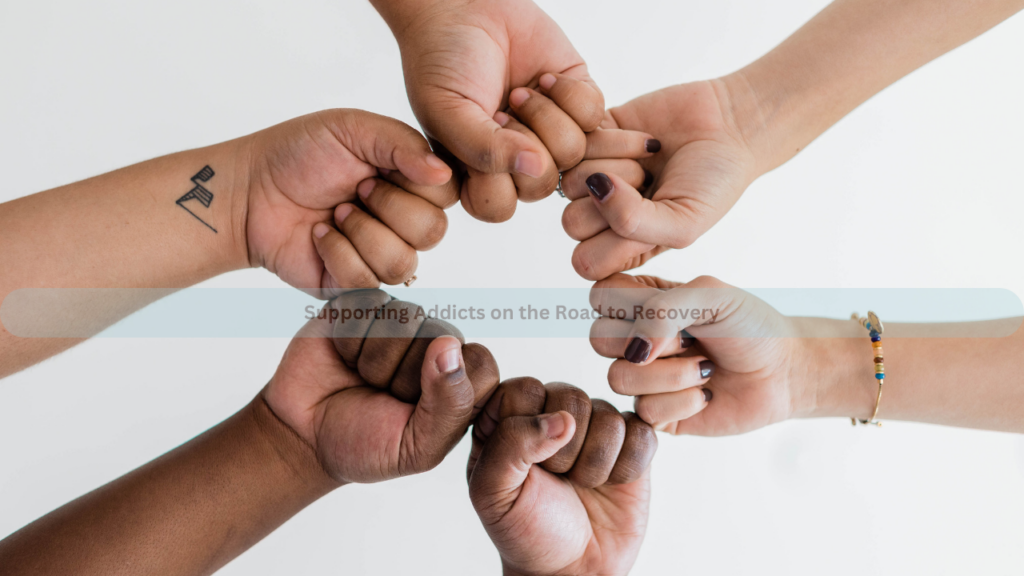
Addiction remains a significant public health challenge worldwide, affecting millions of individuals and their families. As societies evolve, so do the methods for treating substance use disorders (SUDs). While some strategies have proven highly effective, others have shown limited success or even harmful consequences. Understanding these global trends in addiction treatment is crucial for developing more efficient and compassionate approaches to recovery.
What Works in Addiction Treatment
1. Medication-Assisted Treatment (MAT)
One of the most effective approaches to addiction recovery is Medication-Assisted Treatment (MAT), particularly for opioid and alcohol use disorders. MAT combines medications such as methadone, buprenorphine, and naltrexone with behavioral therapy to help individuals manage cravings and withdrawal symptoms. Countries like the United States, Canada, and parts of Europe have widely implemented MAT, demonstrating significant reductions in relapse rates and overdose deaths.
2. Harm Reduction Strategies
Harm reduction has gained traction worldwide as a practical and humane approach to addiction treatment. Strategies such as needle exchange programs, supervised injection sites, and access to naloxone (an opioid overdose reversal drug) have been highly successful in reducing drug-related fatalities and the spread of infectious diseases. Portugal’s decriminalization model, which treats addiction as a public health issue rather than a criminal offense, has led to lower overdose rates and improved access to treatment.
3. Integrated Behavioral Therapies
Cognitive Behavioral Therapy (CBT), Motivational Interviewing (MI), and Contingency Management (CM) are widely recognized as effective behavioral therapies for addiction. These approaches help individuals develop coping skills, address underlying psychological issues, and stay motivated in their recovery journey. Many rehab centers worldwide now integrate these therapies into their treatment plans for improved long-term outcomes.
4. Community-Based Recovery Support
Mutual aid groups like Alcoholics Anonymous (AA) and Narcotics Anonymous (NA) continue to provide critical peer support worldwide. Additionally, newer recovery community organizations (RCOs) and digital support groups have expanded access to recovery support, especially in regions where formal treatment facilities are limited.
What Doesn’t Work in Addiction Treatment
1. Criminalization and Punitive Approaches
Despite overwhelming evidence that addiction is a medical condition, some countries continue to rely on punitive approaches, including incarceration and forced rehabilitation. These methods have largely failed to reduce substance abuse and often exacerbate the problem by stigmatizing individuals and limiting their access to proper treatment.
2. Abstinence-Only Programs
While complete abstinence works for some, rigid abstinence-only models often lead to high relapse rates, especially without addressing underlying psychological and social factors. Programs that do not incorporate harm reduction or MAT often fail to retain individuals in treatment, leading to cycles of relapse and disengagement.
3. One-Size-Fits-All Approaches
Different individuals require different treatment plans based on their unique needs. Treatment models that do not adapt to the patient’s background, co-occurring mental health disorders, and cultural considerations tend to have lower success rates.
Conclusion
The future of addiction treatment lies in evidence-based, individualized, and compassionate approaches. Effective strategies like MAT, harm reduction, and behavioral therapies should be prioritized over punitive measures and outdated models. By embracing global best practices and continuously refining treatment methods, societies can provide more effective pathways to recovery and improve the lives of those struggling with addiction.

